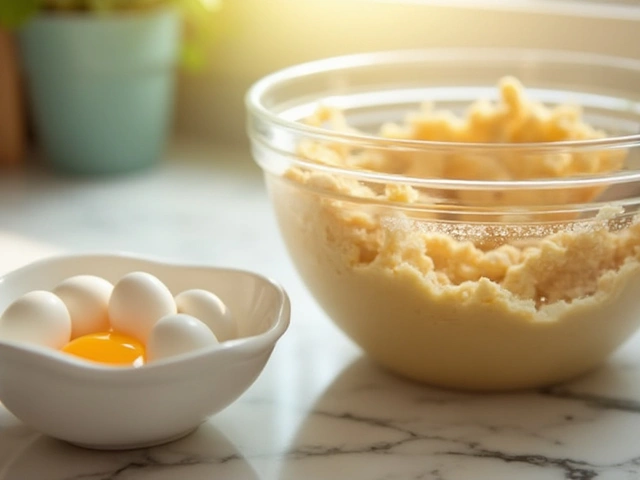Tiramisu Origin: The Real Story Behind Italy’s Famous Dessert
If you’ve ever wondered where tiramisu actually came from, you’re not alone. This creamy, coffee‑soaked cake has become a global favorite, but its roots are surprisingly simple and very Italian.
Most food historians agree that tiramisu was born in the Veneto region, specifically in the town of Treviso, during the 1960s or early 1970s. It started as a humble dessert in local cafés, made with ladyfingers, coffee, mascarpone cheese, cocoa, and a splash of liqueur. The name tiramisu means “pick me up” in Italian, a nod to the caffeine boost from the espresso.
How the Recipe Spread
Word of mouth did the rest. Tourists tried the sweet treat, chefs copied it, and soon restaurants across Italy were serving their own versions. By the 1980s, tiramisu appeared on menus worldwide, and cookbooks started publishing the recipe. Some variations added chocolate, fruit, or even substituted the ladyfingers with sponge cake, but the core idea stayed the same.
One reason the dessert took off so fast is that it’s easy to assemble and doesn’t need baking. All you need is a few pantry staples and a little patience to let the flavors meld. That convenience made it perfect for home cooks and professional chefs alike.
Practical Tips: Storing and Freezing
Ever wondered if you can freeze tiramisu? Absolutely, you can. First, make sure the tiramisu is fully set in the fridge for at least four hours. Then, wrap it tightly in plastic wrap and place it in an airtight container before freezing. It will keep for up to two months.
When you’re ready to eat, move the dessert to the fridge and let it thaw slowly overnight. This gradual thaw helps keep the texture smooth and prevents the ladyfingers from getting soggy. If the top looks a bit dry, a quick drizzle of coffee or a sprinkle of cocoa can bring back that fresh‑made feel.
Another storage tip: if you plan to serve tiramisu within a day, keep it covered with foil or a lid in the fridge. This stops the dessert from absorbing other odors and keeps the cocoa powder from getting a chalky layer.
Now you know where tiramisu started, why it became so popular, and how to keep it perfect for later. Next time you enjoy a spoonful, you’ll be tasting a piece of Italian history that traveled the world thanks to its simple, pick‑me‑up charm.

What Does 'Tiramisù' Really Mean? History, Origin, and Sweet Surprises
Dig into the meaning of 'tiramisù', uncover how the iconic Italian dessert got its name, and discover the real story behind its creation and place in food culture.
View More




